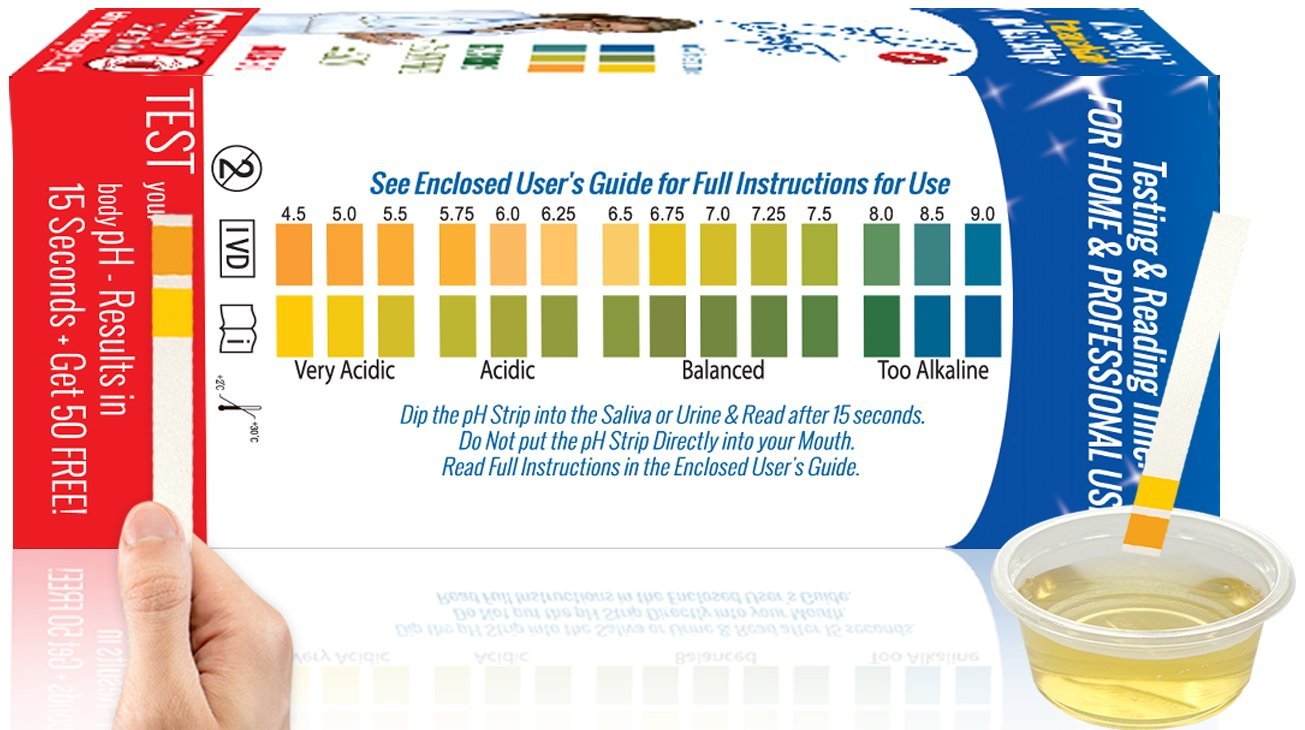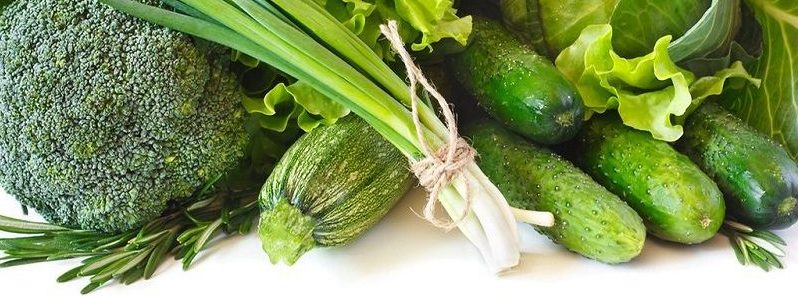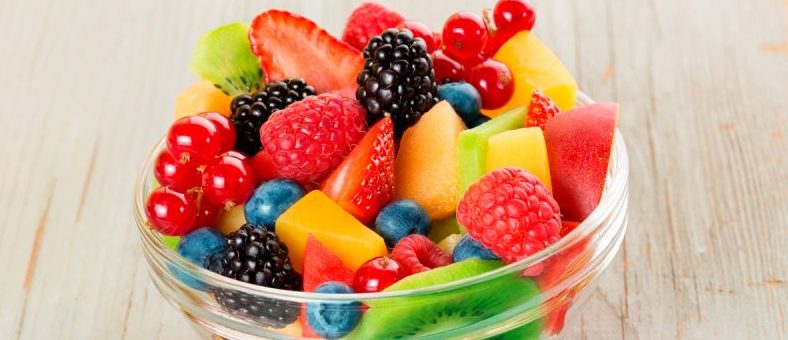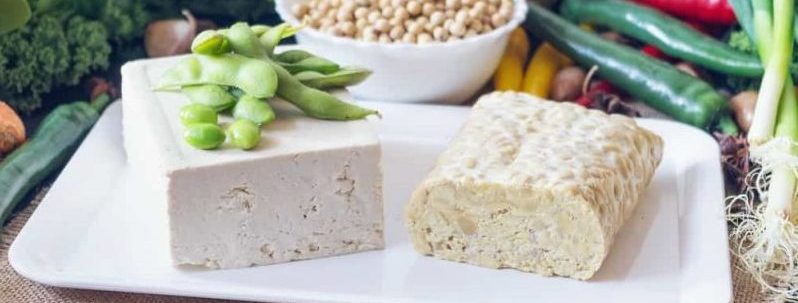The alkaline diet has been growing in popularity recently. Anyone who has a vested interest in losing weight or improving how their body looks and feels has probably heard about the alkaline diet or stumbled across it in their health magazines. But what exactly is the alkaline diet? How do you do it? Is it simple to follow? What are the pros and cons of the alkaline diet?
Fear not! I’ve got you covered with this comprehensive guide to the alkaline diet. I will answer all of those questions and more. By the end of this guide you’ll know whether the alkaline diet is for you or not.
What Is The Alkaline Diet?
The alkaline diet, as the name suggests, involves eating alkaline foods rather than acidic foods.
Alkaline foods are those foods that keep your body’s pH levels between 7.35 and 7.45.
The alkaline diet involves eating around 80% alkaline foods and 20% acidic foods.
The alkaline diet is founded on the acid/alkali theory of disease. This theory basically says that when we digest foods, waste products are left over.
These waste products are referred to as ‘ash’, which can be either acidic or alkaline. Whether it’s acidic or alkaline depends on the food’s mineral, sulphur, and protein content.
The theory says that high consumption of acidic foods result in acidic ash waste products, which affects pH levels and consequently reduces our immune system, making it easier for us to get sick. The solution? Eat mainly alkaline foods to improve your immune system and be more healthy.
How Do You Do It?
Simply put, your diet will consist of 80% alkaline foods and 20% acidic foods. That means understanding what foods you can eat plenty of and what foods you should limit. It also involves testing your urine for acidity and alkaline levels, but we’ll get to that in a bit. First, let’s look at what foods you can eat on the alkaline diet and what foods you can’t eat on the alkaline diet.
What You Can Eat
Foods that have alkaline components like calcium, potassium, and magnesium are in. So the bulk of your diet needs to be comprised of foods that fall under the following categories:
- Fruits
- Nuts
- Legumes
- Vegetables
Check out the specific alkaline food sources below.
What You Can’t Eat
Foods that have acidic components like protein, phosphate, and sulfur are out. So you need to drastically limit or avoid foods that fall under the following categories:
- Meat
- Pultry
- Fish
- Eggs
- Dairy
- Alcohol
- Grains
- Wheat
- Coffee
- Tea
- Sugar
How Much Effort Is Involved? 8/10
To be honest, I think this diet does take a bit of effort. The first thing that requires effort is ensuring that most of your diet is comprised of alkaline foods. When you see the list, you’ll notice that, although healthy, most alkaline foods are not that exciting.
The next major effort involved in following the alkaline diet is measuring your pH levels through your urine. Gross, right? Many of us have had to give urine samples before or pee on a stick but it’s not exactly something you want to do regularly, is it?
Anyway, if you’re going to follow the alkaline diet, you should pick up some pH strips so you can measure your levels and see if you’re following the diet correctly. I recommend these strips (click here for price):

Then, in addition to needing a ton of effort to actually eat the alkaline foods and then peeing on a strip, we also have to massively cut down or eliminate our coffee, tea, sugar, and alcohol intake.
This can be way too hard for people who love their morning coffee or evening wine and cake. For me personally, this means the alkaline diet takes a ton of effort.
I’m all for eating tons of vegetables but I do like my morning coffee and tea. However, if you’re not a chronic caffeine addict or you don’t drink (I also don’t drink) then this might just be the diet for you.
Preparation
The first step to prepare for the alkaline diet is to determine what you’re going to eat and then buy the ingredients. You can use the food lists in this guide to help you.
This stage also requires you to get rid of all your acidic food. Bye bye to coffee, tea, alcohol, and sugar. Once you’ve figured out what you’ve got to eat to keep your body in an alkaline state, you can slowly reintroduce these food types back into your diet in small quantities as long as your pH levels stay within the required alkaline range.
The next step, as with taking on any diet, is to set a goal. How much weight do you want to lose? Why do you want to lose it? Write it down.
When we write our goals down, we’re more likely to commit to them and be successful.
Your goal might be to lose 20 pounds to fit into a wedding dress or lose 100 pounds so you can avoid diabetes. Whatever your goal is, write it down and refer back to it when you need motivation. This will help you when times get tough.
Your next step to prepare for beginning the alkaline diet is to enlist the support of friends and family.
Tell your spouse, parents, kids, and friends what you’re doing and why. This will help them be supportive of your goals.
Then the people you love will understand why you’re suddenly saying no to that cup of tea and swapping it for a green juice bursting with kale.
Rules
The rules are simple in theory but perhaps a little hard to actually follow depending on you. The alkaline diet follows the 80/20 principle and requires you to follow these rules:
- 80% of your diet must be comprised of alkaline foods
- 20% of your diet can be comprised of acidic foods
If you take any one thing away from this guide, let it be those two bullet points.
Exercise And The Alkaline Diet
Believe it or not, there is actually such a thing as alkalizing exercise. You should still exercise every day (or a minimum of 3 times a week) when following the alkaline diet. But you can help your body become more alkaline by actually following an alkalizing exercise routine.
So what is alkalizing exercise? Aerobic exercise, or good old-fashioned cardio, makes your body more alkaline. Anything that burns oxygen will help your body detoxify.
The specific type of cardio that is alkalizing is medium or long-duration steady state cardio with the intensity of 60-80% of your maximum heart rate.
If you want to find out what your maximum heart rate range is do the following: subtract your age from 220, then multiple that number by 0.7 (70%) or 0.6 (60%) or 0.8 (80%).
Here are some great forms of alkalizing aerobic exercise:
- Running (long distance)
- Yoga
- Pilates
- Swimming
- Rowing
- Dancing
Can You Follow The Alkaline Diet If You Already Have Food Restrictions?
If you’re a vegetarian or a vegan or need to follow a gluten-free diet, the alkaline diet is actually perfect for you! However, if you have an underlying health problem and you know that certain foods trigger your symptoms and many of those foods are the ones on the food list below, the alkaline diet probably isn’t for you.
Pros Of The Alkaline Diet
- High in fiber
- Improved skin
- Improved energy
- Improved digestion
- Reduces inflammation
- Improved immune system
- Tons of fruit and vegetables
- Discourages processed foods
- Can help to correct autoimmune diseases
- Discourages alcohol, coffee, sugar and fizzy drinks.
Cons Of The Alkaline Diet
- Can be boring
- Can be confusing
- Can be difficult to stick to
- Removes many of our favorite/vice foods
- There is limited research on its effectiveness.
- Low protein consumption/difficult to get protein.
- Excludes many foods that contain vital minerals and nutrients.
High Alkaline Foods List
The follow foods are high in alkaline compounds and should comprise the bulk of your diet if you want to make your body more alkaline:
Alkaline Vegetables

- Alfalfa
- Artichoke
- Arugula
- Asparagus
- Barley Grass
- Basil
- Beet Greens
- Beets
- Brocoli
- Cabbage
- Carrots
- Cauliflower
- Celery
- Chard Greens
- Chlorella
- Collard Greens
- Cucumber
- Dandelions
- Dandelion Root
- Edible Flowers
- Eggplant
- Fermented Veggies
- Garlic
- Green Beans
- Green Peas
- Kale
- Lettuce
- Mushrooms (Shiitake & Reishhi are good)
- Mustard Greens
- Nighshade Vegetables
- Nori (seaweed)
- Onions
- Parsnips
- Peppers
- Pumpkin
- Spinach
- Radishes
- Sprouts
- Spirulina
- Tomatoes
- Watercress
- Sweet Potatoes
- Wheat Grass
- Wild Greens
Alkaline Fruits

- Apples
- Apricots
- Avocado
- Bananas
- Berries
- Cherries
- Blackberries
- Canataloupe
- Currants
- Coconut
- Dates (dried)
- Figs (dried)
- Grapes
- Grapefruit
- Honeydew Melon
- Lemon
- Lime
- Nectarine
- Orange
- Peach
- Pear
- Pineapple
- Raisins
- Raspberries
- Rhubarb
- Strawberries
- Tangerines
- Tomatoes
- Tropical Fruits
- Watermelon
Alkaline Protein Sources

- Almonds
- Chestnuts
- Chia
- Millet
- Quinoa
- Tempeh
- Tofu
- Whey Protein Powder
Alkaline Spices

- Chili Pepper
- Cinnamon
- Curry
- Ginger
- Herbs
- Miso
- Mustard
- Sea Salt (Maldon is my favorite)
- Tamari
High Alkaline Diet Meal Plan
Natasha Corrett and Vicki Edgson over at the Telegraph have a great sample meal plan for what a day on the alkaline diet might look like. I will include it here but you should definitely check out their full article: http://www.telegraph.co.uk/foodanddrink/recipes/9189022/Eat-the-alkaline-way-recipes-for-a-healthier-you.html
A day on the alkaline diet looks like this:
Breakfast
- Scrambled eggs with watercress or baby spinach on toasted rye bread
or
- Plain Greek-style natural yogurt with blanched almonds and fresh berries
Lunch
- Quinoa or brown-rice salad with sliced avocado, rocket and diced chicken breast
or
- Wholegrain rye sandwich with buffalo mozzarella, tomato and alfalfa sprouts
Snack
- Hummus and vegetable sticks
or
- Oat cakes
Supper
- Brown-rice sushi with seaweed salad and miso soup
or
- Roasted butternut squash risotto with goat’s cheese and parsley
Week Long Plan
For a fantastic week-long high alkaline diet meal plan, I highly recommend you check out Diana’s superb post over at My Ra Diary.
This is the week-long alkaline diet plan that drastically improved how she felt in her body and mind:
Monday
- Breakfast: 3 fresh fruits, lemon water, coconut oil.
- Lunch: Stir fried vegetables, basmati rice, coconut oil, wheatgrass juice.
- Dinner: Ginger and mixed vegetable soup, coconut oil, lemon water.
Tuesday
- Breakfast: Muesli with rice milk, lemon water, coconut oil.
- Lunch: Green salads and dressing, pumpkin/miso soup, coconut oil, wheatgrass water.
- Dinner: Curried vegetables, basmati rice, coconut oil, lemon water.
Wednesday
- Breakfast: Yogurt and fresh fruits, lemon water, coconut oil.
- Lunch: Light grilled potatoes with turmeric/curry powder or steam purple sweet potatoes, green salads, coconut oil, wheatgrass water
- Dinner: Pumpkin/miso soup, green salads and dressing, coconut oil, lemon water.
Thursday
- Breakfast: 3 fresh fruits, lemon water, coconut oil.
- Lunch: Pumpkin/miso soup, steamed vegetables, coconut oil, wheatgrass water.
- Dinner: Stir fried rice pasta with mixed vegetables, coconut oil, lemon water.
Friday
- Breakfast: Muesli with rice milk, lemon water, coconut oil.
- Lunch: Fried kuey teow with green vegetables, yogurt or fresh fruits, coconut oil, wheatgrass oil.
- Dinner: Light grilled potatoes with turmeric/curry, miso soup, coconut oil, lemon water, fresh fruits.
Saturday
- Breakfast: Coconut juice, lemon water, coconut oil.
- Lunch: Mixed vegetable soup with ginger, coconut oil, wheatgrass water.
- Dinner: Fried basmati rice with ginger, onions, carrots, celery, leafy vegetables, coconut oil, lemon water.
Sunday
- Breakfast: Anything you want with lemon water and coconut oil.
- Lunch: Anything you want coconut oil and wheatgrass water.
- Dinner: Anything you want with lemon water and coconut oil.
Alkaline Diet Results And Success Stories
There are lots of success stories from the alkaline diet. Here are just a few of my favorite ones:
- Julie and Yvonne from Alkaline Sisters have experienced life-changing results from following the alkaline diet. Julie has eliminated all inflammation and been able to come off her pain medication. Yvonne lost a lot of weight and became a true believer in the alkaline diet.
- The alkaline diet helped Tracy Worcester survive breast cancer.
- Rob from Former Fat Guy experienced a drop of 288 pounds, helped by the alkaline diet.
Against Some Of The Alkaline Diet’s Claims
With something as popular as the alkaline diet, there are always going to be arguments for and against it. In order to keep from being biased, we should take account of what people are saying against the diet.
- Muscle for Life believes that the alkaline diet cannot signify change the pH levels of your body and that you need to include acid-forming foods in your diet, along with plenty of vegetables, in order to stay healthy.
- There are lots of stories about the alkaline diet saving people from cancer. But it didn’t work from Tim Lovejoy’s brother. However, he is glad he convinced his brother to try the diet anyway.
- Shape believes diets cannot change your pH levels but the alkaline diet is still probably good for you.
FAQ
Can You Really Change Your Body’s PH Levels Through Diet?
Probably not. But you don’t really want to change your body’s pH levels. You just want to feed it more of the stuff that will keep it healthy and feed it less of the acidic stuff it will have to fight against.
Where Do I Get My Protein On The Alkaline Diet?
You can get protein from alkaline foods like chickpeas, quinoa, chia, nuts, lentils, and greens. You also probably don’t need as much protein as you think. Unless you’re exercising at super strenuous levels, you probably don’t need more than 80-100g of protein per day. That figure could also be much lower depending on whether you are male or female, big or small, and your energy levels.
What Are The Most Alkaline Vegetables?
The most alkalizing vegetables are wheatgrass, barley grass, spinach, rocket, watercress, cucumbers, avocados, tomatoes, and salads.
Wrapping Up
Whether the alkaline diet actually “works” the way it’s supposed to is still highly debated. But there’s no doubt that this is a pretty healthy diet due to all of the vegetables. There is a danger of it being restrictive though given the long lists of acidic foods you can’t eat. I think this diet is perfect for anyone who wants an immune system boost or needs to reduce inflammation. Of course you will likely lose a lot of weight as well but this is a diet that is mainly focused on health rather than purely dropping the pounds.
